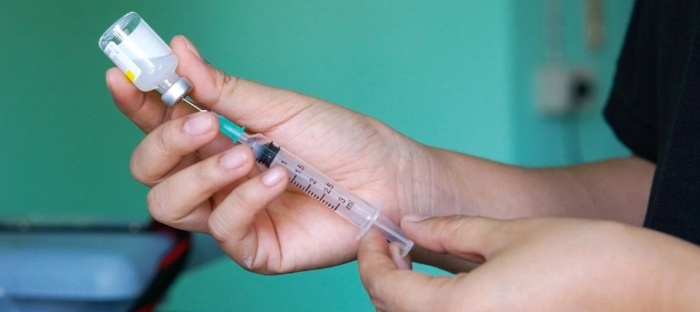
Managing your vaccine program across multiple locations can prove to be a challenge. With inpatient and outpatient locations receiving, storing, and administering vaccines, ensuring they are stored and handled properly becomes a big job. The job becomes even more complex if certain locations are participating in the Vaccines for Children Program.
Here are five steps to move you towards a stronger, safer, and more efficient vaccine program:
1) Implement Temperature Monitoring
Due to increased pressure from organizations such as the Joint Commission, the Board of Pharmacy (one in each state), and the Centers for Disease Control and Prevention (CDC), healthcare providers are starting to move away from recording temperatures twice per day and towards continuous monitoring of cold storage temperatures. Many temperature monitoring systems allow facilities to monitor and manage all refrigerator and freezer temperature data with 24/7/365 text and email alarming to Internet-based devices of their choice.
2) Switch to Medical-grade Refrigeration
With the use of continuous monitoring, facilities are finding that many of the dormitory style and household refrigerators and freezers that they have been using for years are unable to maintain appropriate temperatures for the safe storage of medications and vaccines. These units tend to have hot and cold spots within the cabinet, and users will notice that frequent door openings will cause temperatures to quickly rise, potentially setting off the alarms and putting contents at risk. Bringing this issue to the surface through data can provide a serious push to invest in medical-grade refrigeration.
3) Strengthen your Processes
Processes play a major role in ensuring vaccines are stored and handled with the utmost safety. With the right equipment in place, providers should focus on creating processes that address daily practices, monitoring coverage, how to handle alarms, organization and storage, and emergency back-up plans.
4) Inform, Update, and Train Staff
With all the right equipment and processes in place, it is time to bring employees across the network on board. Roll out ways to inform, update, and train staff on the new equipment and processes.
5) Continuously Monitor and Manage Your Program
One of the most important parts of any change is the ability to maintain it. Ensure you are always up to date with the latest CDC recommendations. Provide check-ins to your various locations, and continuously train and alert staff of the importance of proper vaccine storage and handling.
In our upcoming webinar, Hancock Physician’s Network will share their journey on implementing these five steps for a stronger, safer, standardized vaccine program. Register for the webinar by following the link below.




